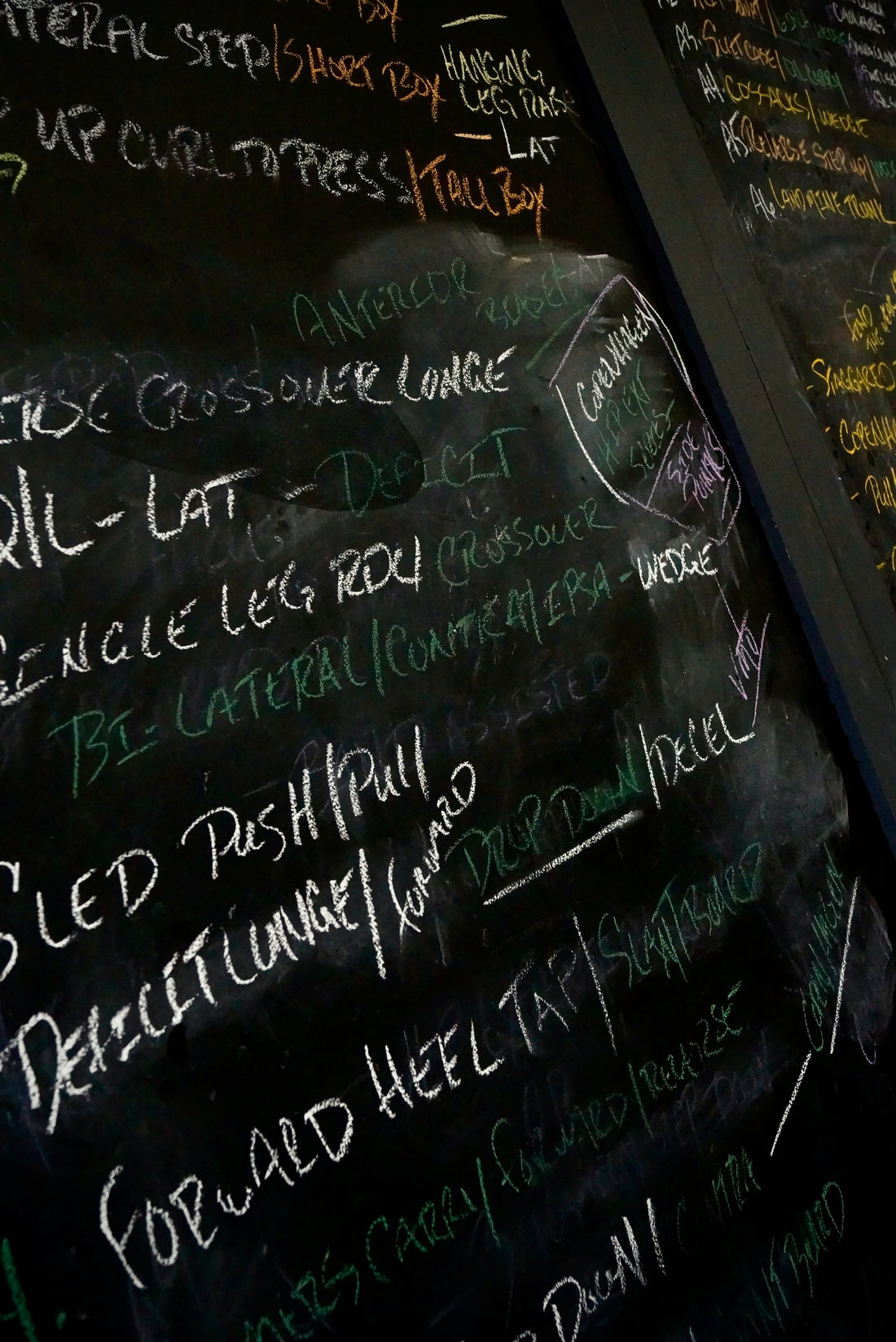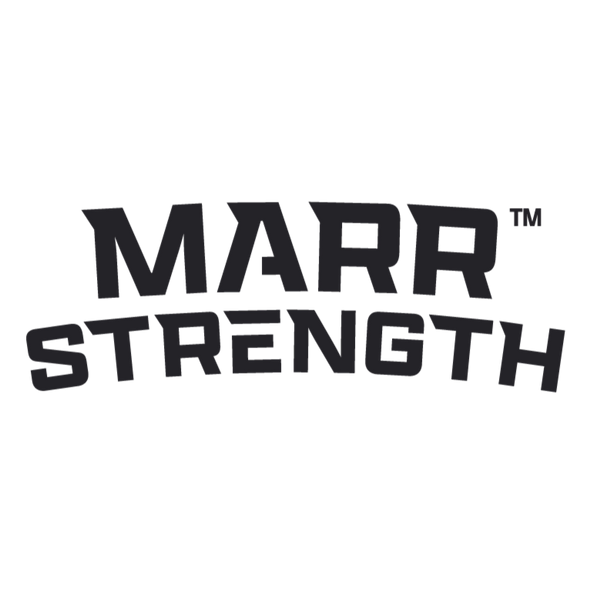
Intermuscular Coordination: The Key to Smarter, Balanced Training
Share
When designing an effective training program, one of the most overlooked yet vital concepts is intermuscular coordination. To understand its importance, think of it as an interstate highway system—just as highways connect states, intermuscular coordination ensures muscles work together around a joint, creating harmony and efficiency in movement.
What Is Intermuscular Coordination?
Intermuscular coordination refers to how muscles around a joint work together to support and execute movement. No muscle operates in isolation. For every movement, there are:
- Prime Movers: The main muscles actively producing movement.
- Fixators: Muscles stabilizing the joint to allow effective movement.
- Synergists: Supporting muscles aiding the primary action.
- Antagonists: Opposing muscles that balance and control the movement.
For example, during a bench press, the pectoral muscles act as the primary movers. However, without the support of the lats, serratus anterior, triceps, and stabilizing muscles, the movement would be less effective and could strain the joint. This highlights why focusing solely on one muscle group or a single movement is inadequate for achieving true strength and balance.
Why Does Intermuscular Coordination Matter?
When muscles around a joint fail to work together correctly, the balance and symmetry necessary for healthy movement are disrupted. This lack of coordination often leads to inefficiencies, reduced performance, and a heightened risk of injury.
Training programs that ignore intermuscular coordination tend to focus mechanically on individual movements, like isolating the bench press or bicep curls. While these exercises can build strength, they fail to address the broader joint complex and supporting structures. Over time, this approach can lead to imbalances and weaknesses, particularly in stabilizing and synergistic muscles.
Designing Programs Around Joints, Not Just Movements
To foster intermuscular coordination, programs must be designed with a joint-centric approach. Instead of focusing solely on individual lifts or muscle groups, consider the entire joint complex and how the surrounding muscles interact. For example:
- Incorporate exercises that target stabilizers, like scapular push-ups for the shoulder joint.
- Add variations that strengthen synergists, such as integrating tricep work with chest-focused movements.
- Balance training with antagonist-focused exercises to ensure symmetry and stability.
By emphasizing the harmonious function of all muscles around a joint, you create a training environment where movements become more efficient, balanced, and powerful.
The Culmination of Training
Intermuscular coordination is not just a concept—it’s the foundation of effective, long-term training. Building programs around joint function rather than isolating specific muscles ensures that your body moves as a cohesive unit. This approach leads to better performance, reduced injury risk, and a more balanced physique.
Training isn’t about isolating strength; it’s about creating synergy. Embrace intermuscular coordination for smarter, more effective results.
